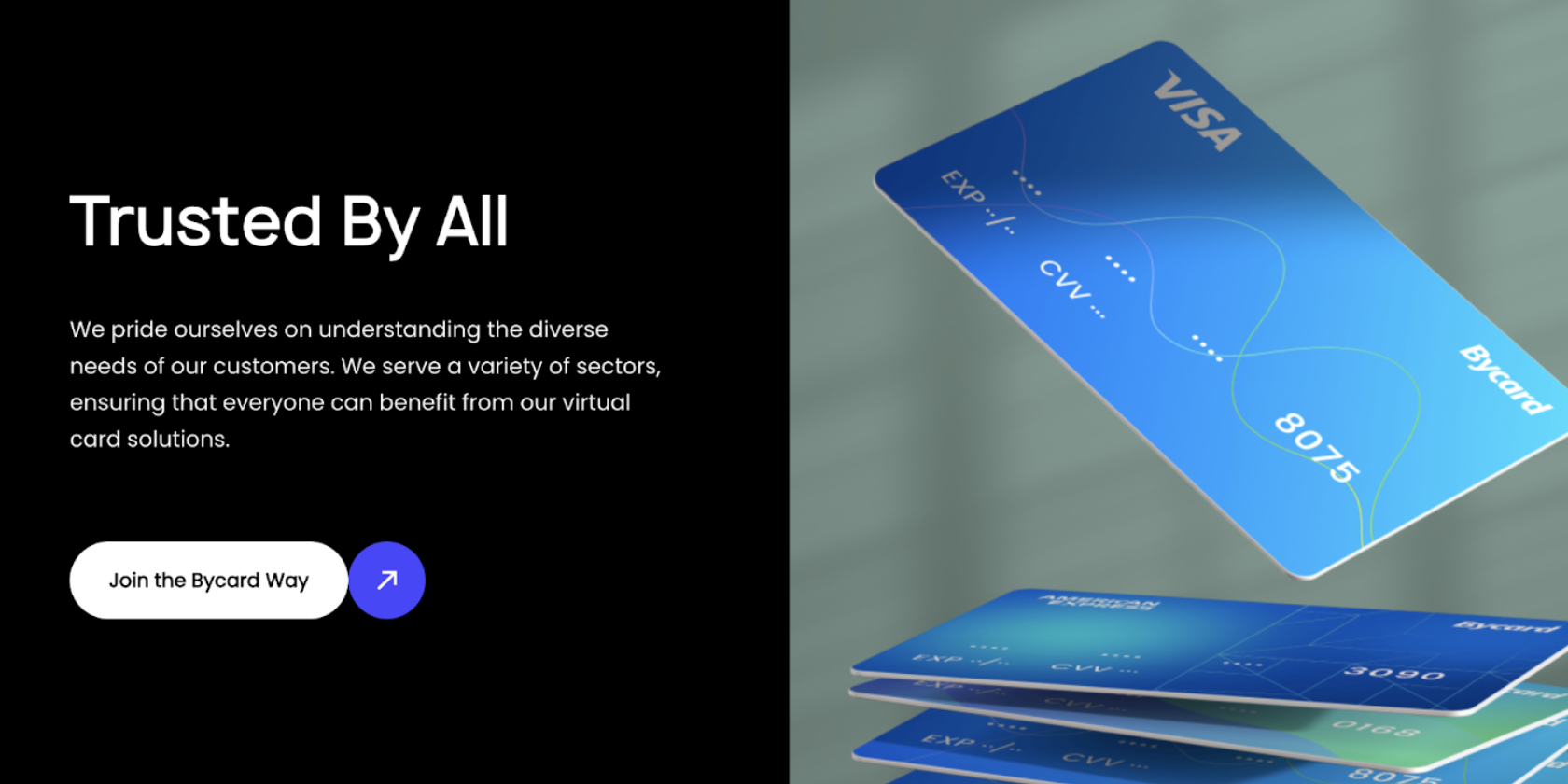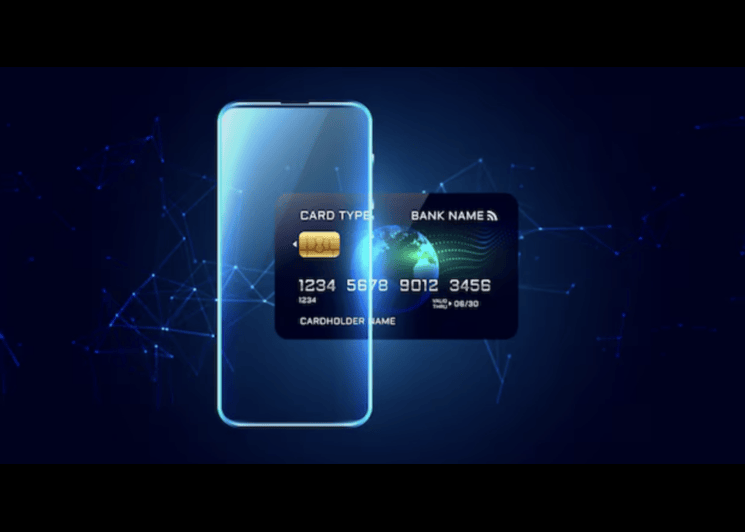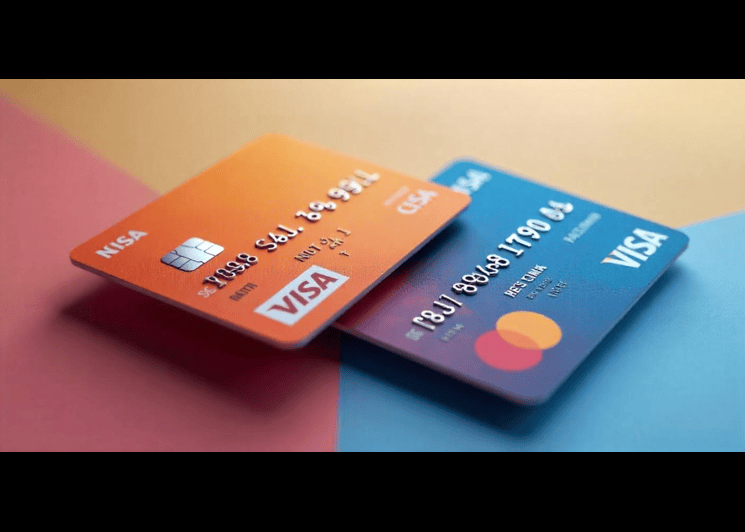Common Virtual Credit Card Frauds and How to Avoid them.

Virtual credit card fraud is the unauthorized use of a digital card number for online payments. Lower risk by locking cards to a single merchant, setting hard spend caps, keeping multi-factor on, and using real-time alerts. If you see a strange charge, freeze the card, replace it, and file a dispute with evidence.
Fraud targets busy people. Virtual cards reduce exposure, yet attackers go after logins, inboxes, and weak alert rules. A few missed notices can turn into days of cleanup. For households, that means surprise subscription bills. For small teams, that means lost time and strained cash flow. For media buyers, that can pause live campaigns and ruin pacing.
The good news is simple. A small set of controls blocks most attempts. You decide who charges the card, how much, and for how long. You get alerts when patterns look off. You can stop loss in minutes instead of days.
What virtual card fraud looks like
Fraud happens when someone bills a virtual card without your consent. It also covers billing tricks that make you pay more than you agreed. Think trial offers that flip to paid, duplicate subscriptions, fake refunds, or “friendly” fraud from a shared account. Fraud is not only stolen numbers. It also includes billing tricks and account abuse.
What changes with virtual cards:
- You issue a new card in seconds
- You lock a card to one merchant
- You set strict daily and monthly limits
- You set an expiry date to match a trial or project
The most common scams and how to spot them

- Phishing and social engineering
How it works
Scammers send email, SMS, or chat that looks real. They ask for passwords or one-time codes. They link to fake pages that copy banks and stores. Signs: Urgent tone. Odd links. New numbers asking for codes. - Account takeover using saved cards
How it works
Attackers skip your bank and go straight to stores with saved payment methods. They buy digital goods or gift cards that settle fast. Signs: New devices in your login history. Password reset emails you did not start. - Card testing with tiny charges
How it works
Bots try small amounts, often one to five dollars, to see if a card is live. If it works once, they raise the amount. Signs : A burst of small authorizations within minutes. New merchants you do not know. - Subscription traps and silent renewals
How it works
A free trial flips to pay. The cancel path is hidden. Prices creep up over time. Signs:
Recurring billing from vendors you do not use. Price increases with no notice - Fake checkout pages and skimmers
How it works
Hacked sites load code that steals card data. Phishing pages copy real brands and capture your details. Signs: Typos in the URL. No padlock in the browser. Errors after clicking Pay. - Data breaches and credential stuffing
How it works
Leaked emails and passwords are tested across many sites. Reused passwords give attackers a free pass. Signs; Login alerts from new countries. MFA prompts you did not request. - Refund fraud and chargeback abuse
How it works
A fake support agent offers a refund, then moves funds to another account. Or a real buyer disputes a valid charge. Signs; Refunds you did not request. Support chats that push you to install remote tools.
Core Credit Card Fraud Protection to Implement

- Lock each card to one merchant : One card per vendor blocks cross-site abuse if a vendor is breached.
- Set hard limits: Add daily and monthly caps. Match them to real usage. Alerts fire when you near the limit.
- Keep 3D Secure on : Challenge high-risk payments. Many drive-by charges stop here.
- Auto-expire cards; End a card on the trial or project end date. Silent renewals fail cleanly.
- Turn on real-time alerts: Enable alerts for first charge at a merchant, cross-border charges, amount spikes, clusters of declines, and new device logins.
- Use strong login security: Multi-factor. Unique passwords. Device checks. Remove ex-users fast on shared accounts.
- Protect your devices: Keep phones and laptops updated. Use a PIN or biometric. Avoid public Wi-Fi for payments.
Extra guidance for media buyers
- Know the risk
Billing hits in bursts, thresholds fire, daily budgets reset. One blocked or shared card can stall many campaigns. Watch for spikes, retries, takeovers, fake support. - Set up right
One card per campaign or client. Lock the ad platform. Add weekly limits. Auto-expire at campaign end. Keep a backup card ready. - Catch issues fast
Alerts for first charge, rapid-fire charges, amounts >3× normal, new country or odd hours, and clusters of declines. - Close the loop
Match card logs to invoices. Export weekly with campaign tags. Use a refund playbook. With Bycard: issue instantly, lock to platforms, set caps, get real-time alerts, swap failed cards, and hand finance clean logs.
Where Bycard helps

Bycard issues new cards in seconds. You lock each card to one ad platform, set caps, and get alerts in real time. If a payment fails, you replace the card and keep the campaign live. Finance sees clean logs per card, so weekly close is quick and calm.
Conclusion
Virtual cards give you control. You choose who can bill, how much, and for how long. You get alerts that prompt fast action. You freeze and replace in seconds. Most fraud attempts fail when you lock each card to one merchant, set hard caps, keep multi-factor on, and review alerts. If you run ads, go further. Use a card per campaign, cap each week, and keep a backup ready. You will pay with confidence and keep your books clean.







